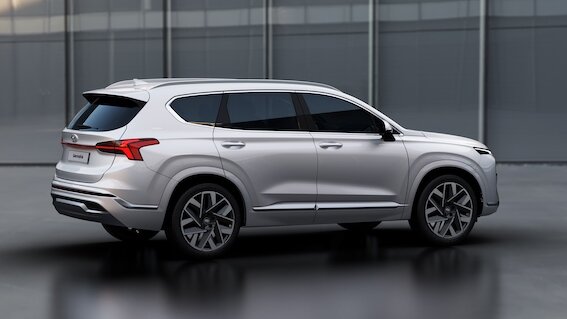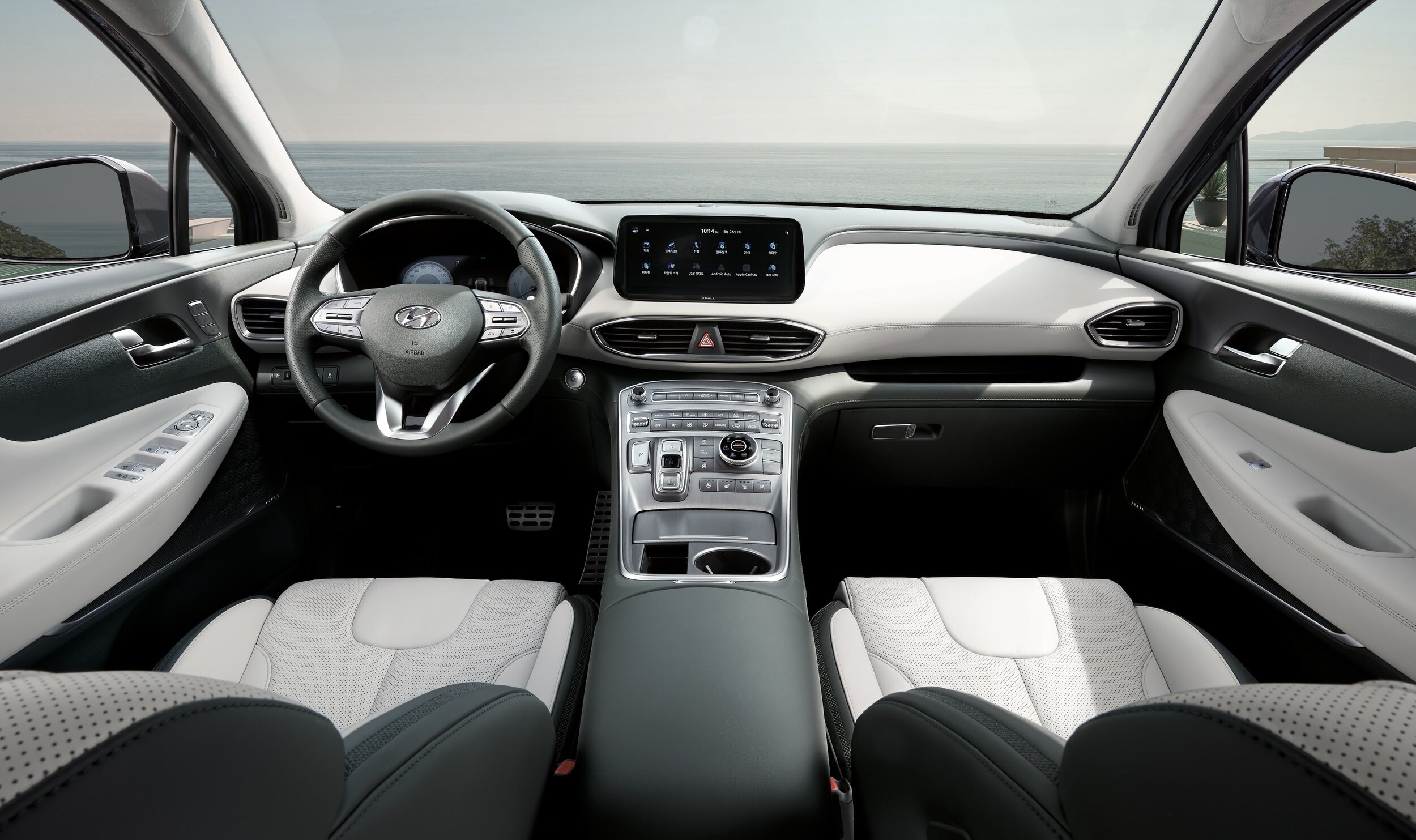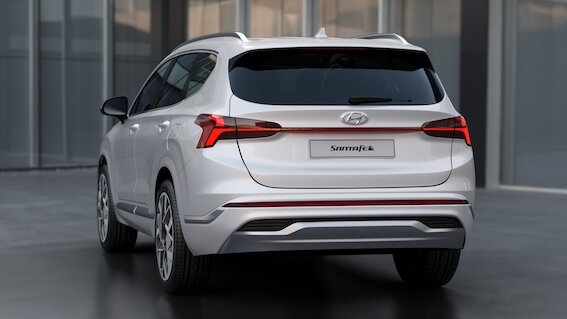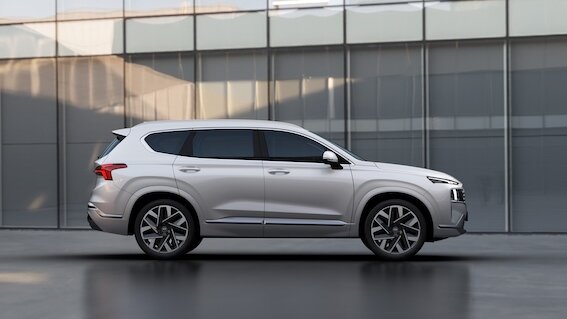Next Santa Fe – a bit of old, a lot of new
/The new Santa Fe has finally been revealed and will be here in late 2020.
NEW body, new interior, new tech and heavily revised underpinnings - the next generation of Hyundai’s crucial big sports utility is certainly a significant departure from the current edition’s design direction.
And, yet, strictly speaking, the ‘gen four’ coming in the final quarter of this year is essentially a revision, the maker admitting it still uses core elements of the current-generation seven-seater. Not that this shouldn’t keep it from winning plenty of attention.
“We modernised the new Santa Fe with premium features and appealing aesthetics that are sure to add value,” said SangYup Lee, the senior vice president who also heads the brand’s Global Design Centre and is been elevated to becoming the brand’s design spokesman in wake of the recent sudden departure of Luc Donckerwolke as design chief.
“The bold lines that extend from one side to the other and from front to back give Santa Fe a rugged yet refined look that SUV customers want. Besides, we’ve added numerous features and functions to create a truly family-focused SUV that is a pleasure to drive.”
The new Santa Fe’s front section is defined by the wide grille that extends across the entire width of the vehicle. The brand suggests the ‘clamped shape’ of the lower air intake harmoniously extends the horizontal line to accentuate the vehicle’s wide and well-balanced stance.
The grille – or grilles, as there are two designs, the more intricate pictured here being reserved for the new flagship - also integrates the headlamps, a signature style found on many Hyundai cars. LED Daytime Running Lights (DRLs) start at the top of the grille and cut through it to create T-shapes at each corner when lit.
Each side section of the New Santa Fe is characterised by a seamless line that connects the DRL to the taillights, this to lend the car ‘a sensuously sporty look’. The increased width on wheel arches accentuate the SUV’s rugged and powerful character, which is also emphasised by 20-inch wheels.
The new Santa Fe’s redesigned taillights are connected across the rear hatch by a slim illuminated bar that complements the horizontal design theme on the front and sides of the vehicle. The theme is once again expressed by the wide rear reflector and skid plate, creating a unique three-layer look.
Hyundai says the redesigned interior now provides more space, comfort, and convenience compared to the previous model and also takes the car to ‘a new level of luxury’ with every component finished in premium soft-touch materials. The centre console sits high, giving the driver and front passenger the feeling of sitting in an armchair, according to information released today.
The buttons are all centred for intuitive and ergonomic use. In the middle of the redesigned centre console sits gear shift buttons along with other functions that are used often. Hyundai says a ‘shift-by-wire system’ allowed the designers to put buttons instead of the conventional shift knob.
For the first time, the new Santa Fe comes with a Terrain Mode selector: a control knob located in the centre console to conveniently switch between different drive modes, optimising performance and ‘HTRAC’ all-wheel-drive settings for a variety of driving situations. This feature includes unique modes for sand, snow and mud, as well as eco, sport, comfort and smart modes, the last of which automatically recognises the driving style and selects a mode so the driver does not have to.
The new centre console’s layout freed up space for more storage in the redesigned lower dashboard. The console also accommodates a new 10.25-inch AVN (audio, video, navigation) touchscreen display with pre-loaded maps, satellite-based voice guided navigation, rear camera display, and complete in-car entertainment and connectivity features.
As for the mechanical package? tjhat’s still be be explained, but it could be that Hyundai also moves to adopt a hybrid set-up that is going into the Kia Sorento, a sister ship despite any corporate claims to the contrary.
The latter is taking a 1.6-litre petrol with battery assist – in ultimate form this being a 44.2kW electric motor and a 1.49kWh lithium ion polymer battery, for a total output of 169kW and 350Nm.
The new powertrain is presented under a new mantle, ‘Smartstream’, that also applies to the purely fossil fuel-reliant engines also confugring, these being a 206kW/421Nm 2.5-litre petrol and a refined version of the outgoing cars’ 2.2 turbodiesel, making 148kW and 440Nm. These marry to an eight-speed wet double-clutch automatic.






















